The year was 1290 . A crowd had gathered around a clearing, where broken down pillars marked the presence of an ancient temple, now long gone. A young boy, just 14 years old, leaned against one of those pillars, deep in thought. Then, he began speaking, and the crowd fell silent, listening to his every word. He spoke without any notes, translating the Bhagavat Gita, from Sanskrit, which only the pundits knew, to the language everyone in the village knew and spoke – a variety of Prakrit which developed into the Marathi language. Even as he spoke, one of the men in the audience realized how momentous this event was, and how important this composition would be. He began writing down the words the young boy spoke, and this composition was named by its author and composer, the Bhavartha Deepika – the enlightening meaning (of the Bhagavat Gita). Now, the ancient, holy text, was no longer restricted to the pundits, but accessible to all, understood easily by them, composed as it was, in their...
The most interesting activities offered by the Poovar Island Resort are the variety of backwater cruises in a fishing boat. The day can begin with an hour long bird watching cruise, followed by a 2 hour island cruise in the evening and the night can be brought in by the sunset cruise. Of course, each of these cruises have their own attractions, but when we were there, it was the wrong season for bird watching (the summer sees very few birds – the best is winter), and clouds had already started arriving, heralding the monsoon and darkening the skies, so the sunset cruise was out too. However, we made the most of the island cruise. Join me in reliving the wonderful experience………..
Seeting off on our journey, with a prayer to the Lord.... A shrine errected on the beach after the Tsunami that wreaked havoc....


Fishing Boats....
And the fishing village....

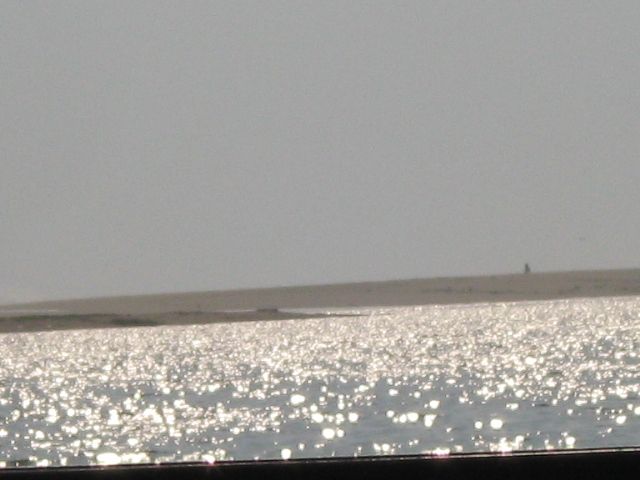
The sparkling waters....
And the roaring waves dashing against the beach....

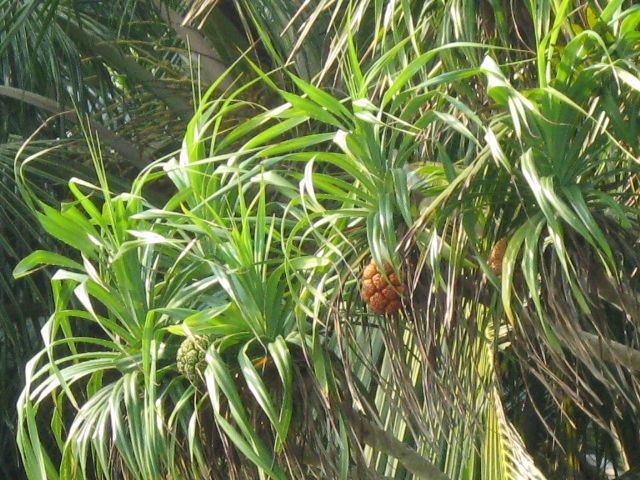
Fat, orange, juicy Pineapples - or so we thought - these are river pineapples, and apparently are deadly poison!!!!

A view of the village connected by a bridge recently...

Entering the backwaters..
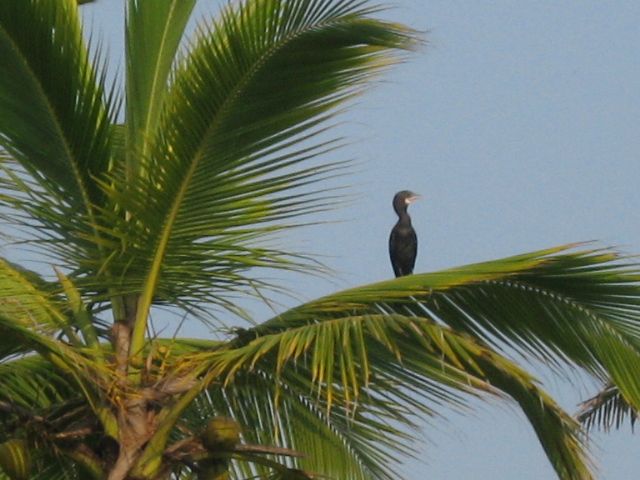
A Cormorant sits on a palm tree and surveys his area...

A Brahminy Kite ..... wondering who are we, the interlopers....

A Purple Heron..
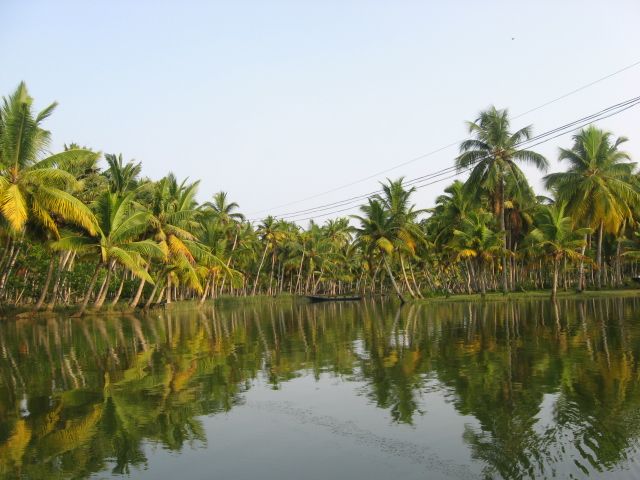
I was captivated by the sight of the backwaters and the reflection of the trees in the water....


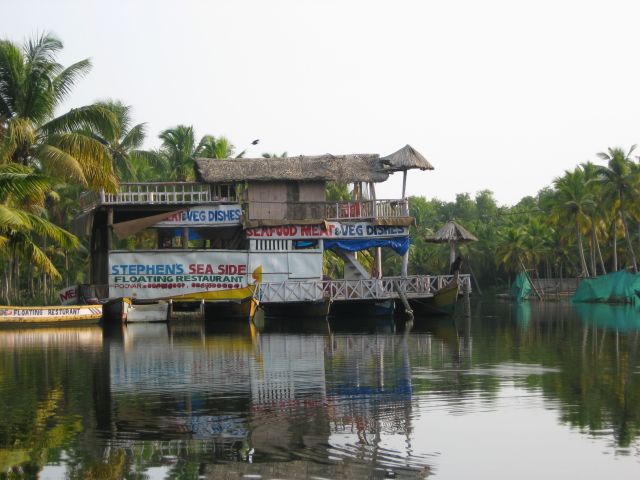
This chap manages a brisk business simply selling seafod (mostly caught fresh) to those who come for the cruise.....
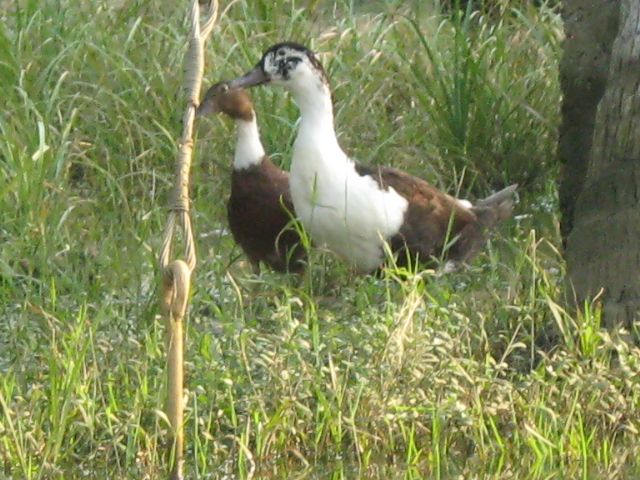
Ducks (or are they Geese??)



Our boatman - a local fisherman
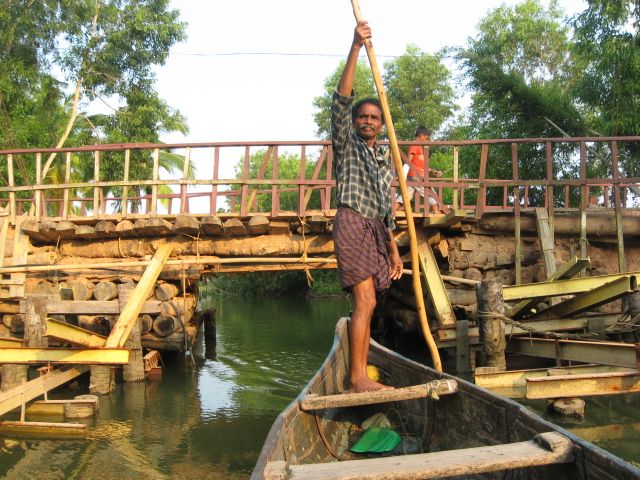
We just passed under that small bridge behind us.....

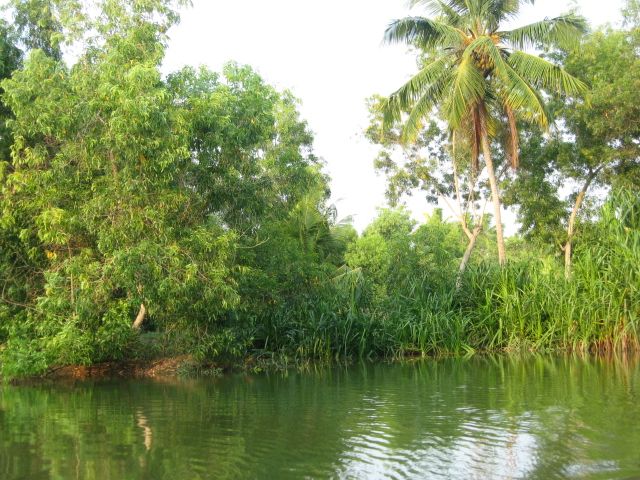
The trees make way for the marshes as we move up the backwaters...
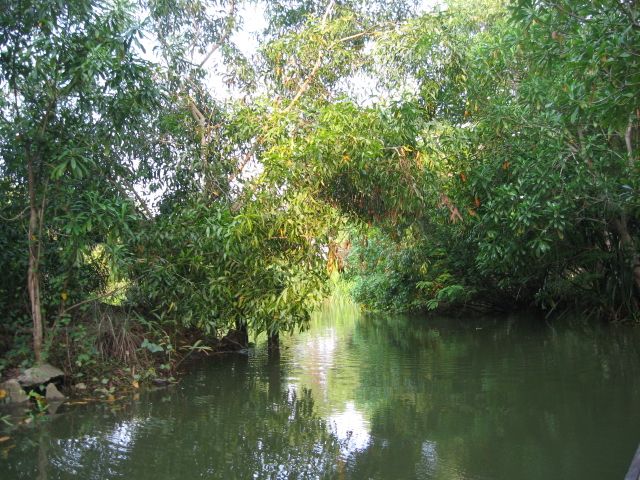


Juicy mangoes.....sorry.... river mangoes again.... poisonous... makes me wonder why such a lush, green area should yeild so much poison? Does it have something to do with mother nature keeping us greedy people away from her?????
And here's another bridge..
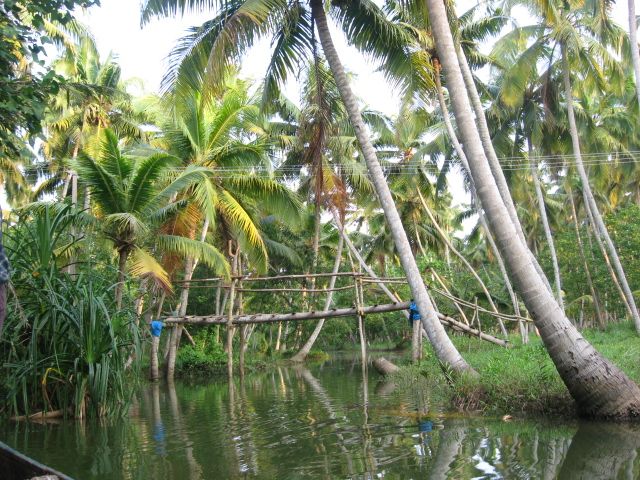

A natural archway..

A Kingfisher sitting in peace.....
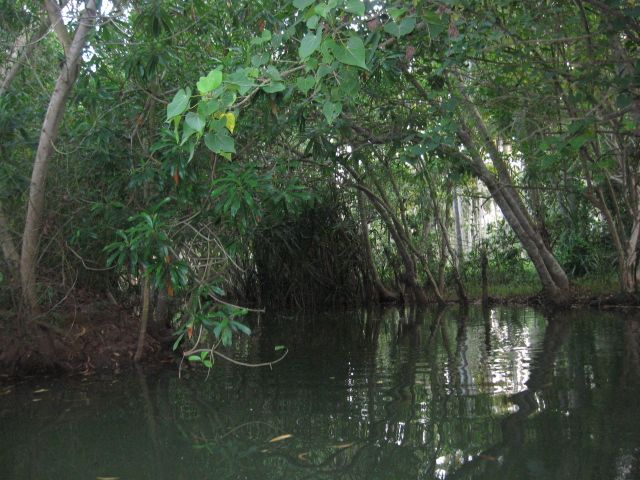
Entering nature's tunnel..
And coming out of it.........
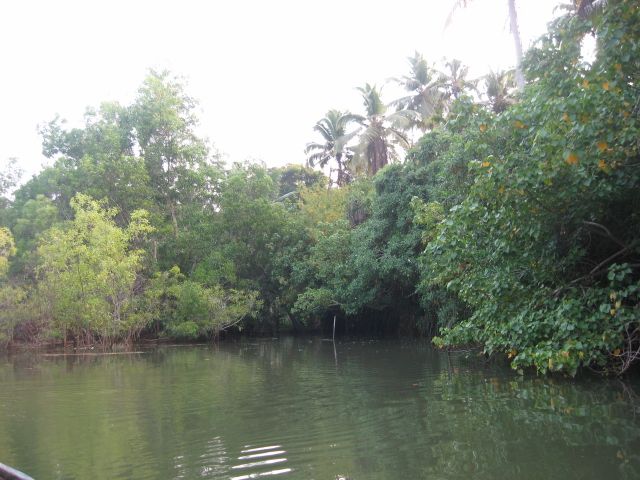
What a difference between one part of the backwaters and another, just a few metres apart!!!!
Little Cormorants..


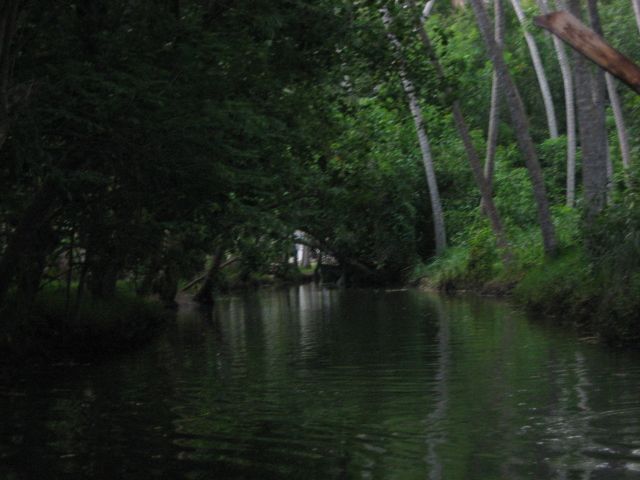
Another dark and narrow passage along the backwaters....
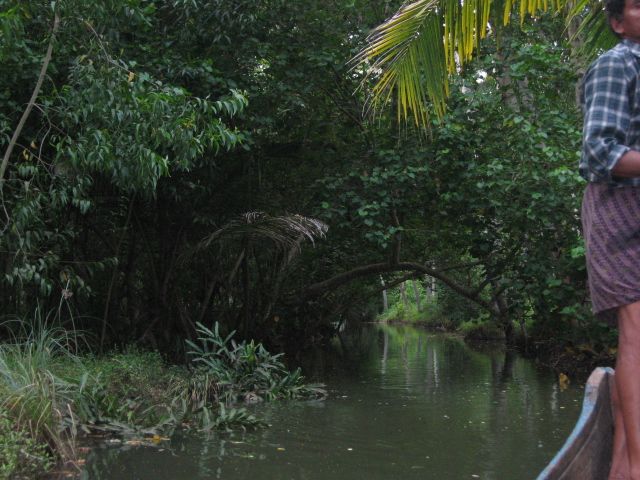
Light at the end of the tunnel.....
and finally, out of the tunnel....


There's a bird in there... wonder what it is....
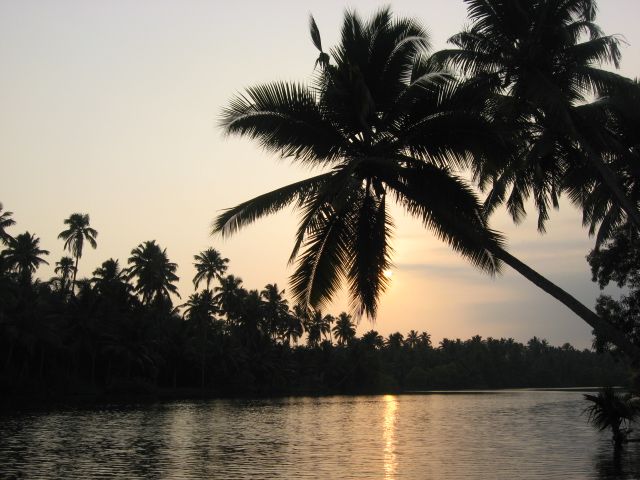
The sun begins to set...
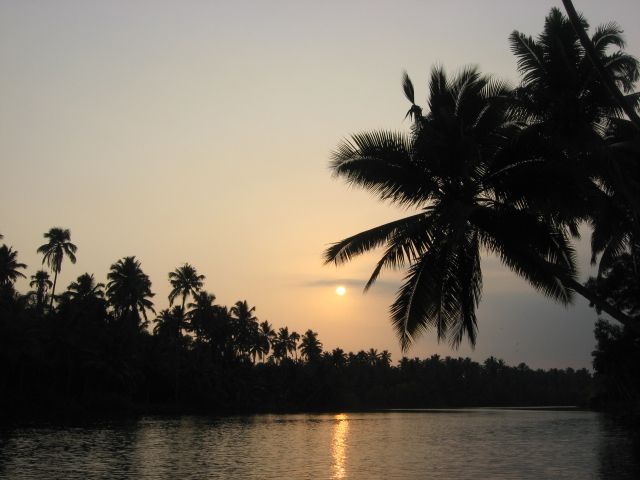
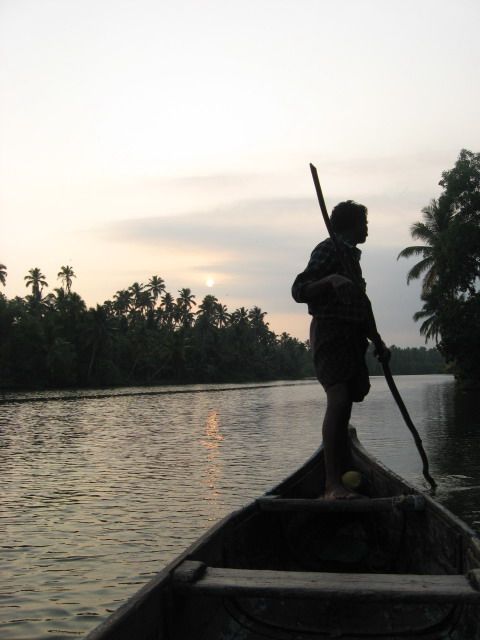
The setting sun shows up the silhouttes...
More birds - A Darter (Snake bird) and cormorant....


Back again.... and Samhith does not want to get off!!!!
Neither do we, for that matter, but then, that is why we are adults and he is a child...
Kerala has some amazing backwaters and, to promote them, Kerala Tourism has come up with the Kerala Great Backwaters Campaign. Check it out and go explore!!
Seeting off on our journey, with a prayer to the Lord.... A shrine errected on the beach after the Tsunami that wreaked havoc....


Fishing Boats....
And the fishing village....


The sparkling waters....
And the roaring waves dashing against the beach....


Fat, orange, juicy Pineapples - or so we thought - these are river pineapples, and apparently are deadly poison!!!!

A view of the village connected by a bridge recently...

Entering the backwaters..

A Cormorant sits on a palm tree and surveys his area...

A Brahminy Kite ..... wondering who are we, the interlopers....

A Purple Heron..

I was captivated by the sight of the backwaters and the reflection of the trees in the water....



This chap manages a brisk business simply selling seafod (mostly caught fresh) to those who come for the cruise.....

Ducks (or are they Geese??)



Our boatman - a local fisherman

We just passed under that small bridge behind us.....


The trees make way for the marshes as we move up the backwaters...



Juicy mangoes.....sorry.... river mangoes again.... poisonous... makes me wonder why such a lush, green area should yeild so much poison? Does it have something to do with mother nature keeping us greedy people away from her?????
And here's another bridge..


A natural archway..

A Kingfisher sitting in peace.....

Entering nature's tunnel..
And coming out of it.........

What a difference between one part of the backwaters and another, just a few metres apart!!!!
Little Cormorants..



Another dark and narrow passage along the backwaters....

Light at the end of the tunnel.....
and finally, out of the tunnel....


There's a bird in there... wonder what it is....

The sun begins to set...


The setting sun shows up the silhouttes...
More birds - A Darter (Snake bird) and cormorant....


Back again.... and Samhith does not want to get off!!!!
Neither do we, for that matter, but then, that is why we are adults and he is a child...
Kerala has some amazing backwaters and, to promote them, Kerala Tourism has come up with the Kerala Great Backwaters Campaign. Check it out and go explore!!

Rowing the boat with a pole reminds me of punting at oxford-
ReplyDeletehttp://www.gonomad.com/traveltalesfromindia/2009/05/i-finally-managed-to-go-punting-at.html
Water gives such a charm to the place! Lovely pictures.
Lovely pics n nice write up
ReplyDelete